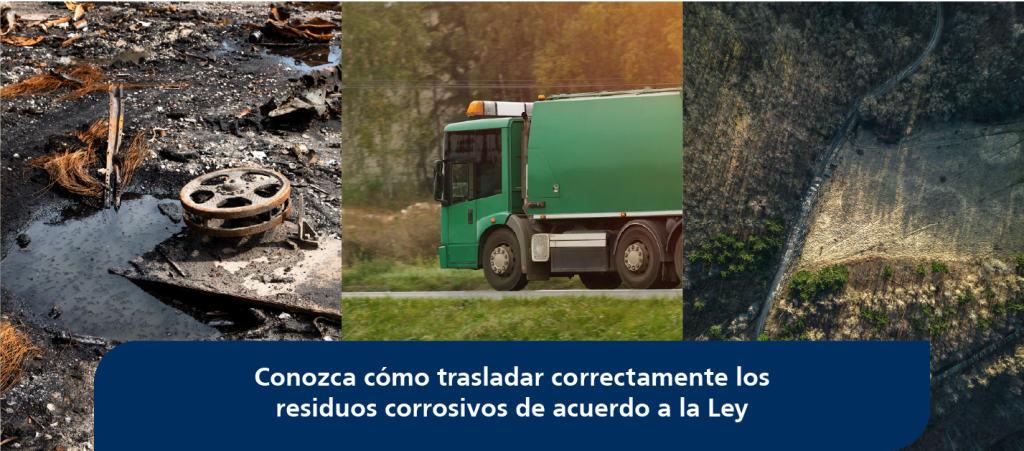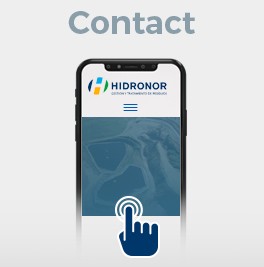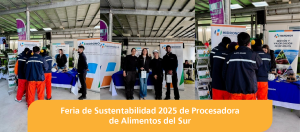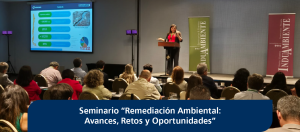In 2021, more than 700,000 tons of hazardous waste were generated in Chile. Worldwide, the amount is estimated to increase to more than 3 billion tons over the next 30 years.
In 2021, Chile generated a total of 734,131 tons of hazardous waste, according to the latest report from the Registry of Emissions and Transfers of Pollutants (RETC) of the Ministry of the Environment (MMA). Globally, 2.01 billion tons of waste are generated annually, and this amount is expected to increase to 3.4 billion tons over the next 30 years.
Fortunately, our country has a legal framework that seeks to protect the environment from toxic or corrosive waste. Law No. 20,600 establishes the general foundations for waste management and environmental protection. Additionally, Supreme Decree No. 148/2003 regulates the management of hazardous waste and establishes standards for its handling, storage, and final disposal. Decree 298 also regulates the transportation of hazardous cargo on streets and roads, among other regulations.
To transport them correctly, it is important to know what corrosive waste is in order to properly manage them. Corrosive waste is waste that can cause harm to materials, human health, and the environment due to its ability to corrode or degrade other materials. These include sulfuric acid, hydrochloric acid, and nitric acid; bases, such as caustic soda and sodium hydroxide; salts, such as sodium chloride and copper sulfate; solvents, such as acetone and carbon tetrachloride; and other chemicals, such as detergents and cleaners.
Properly managing this waste is essential to avoid collateral damage that could pose a danger not only to people but also to the environment. That's why at Hidronor we offer comprehensive services from transportation, treatment, recovery, and disposal of hazardous waste, tailored to the diverse needs of our clients. We also have a secure landfill, a disposal facility for the final disposal of solid waste, designed and built to meet the specific requirements of current legislation (DS 148). To this end, we utilize a double waterproofing and drainage system, a leak detection system, a leachate collection system, and quality assurance checks.
Turn to our experts to properly manage hazardous waste in accordance with the law!







